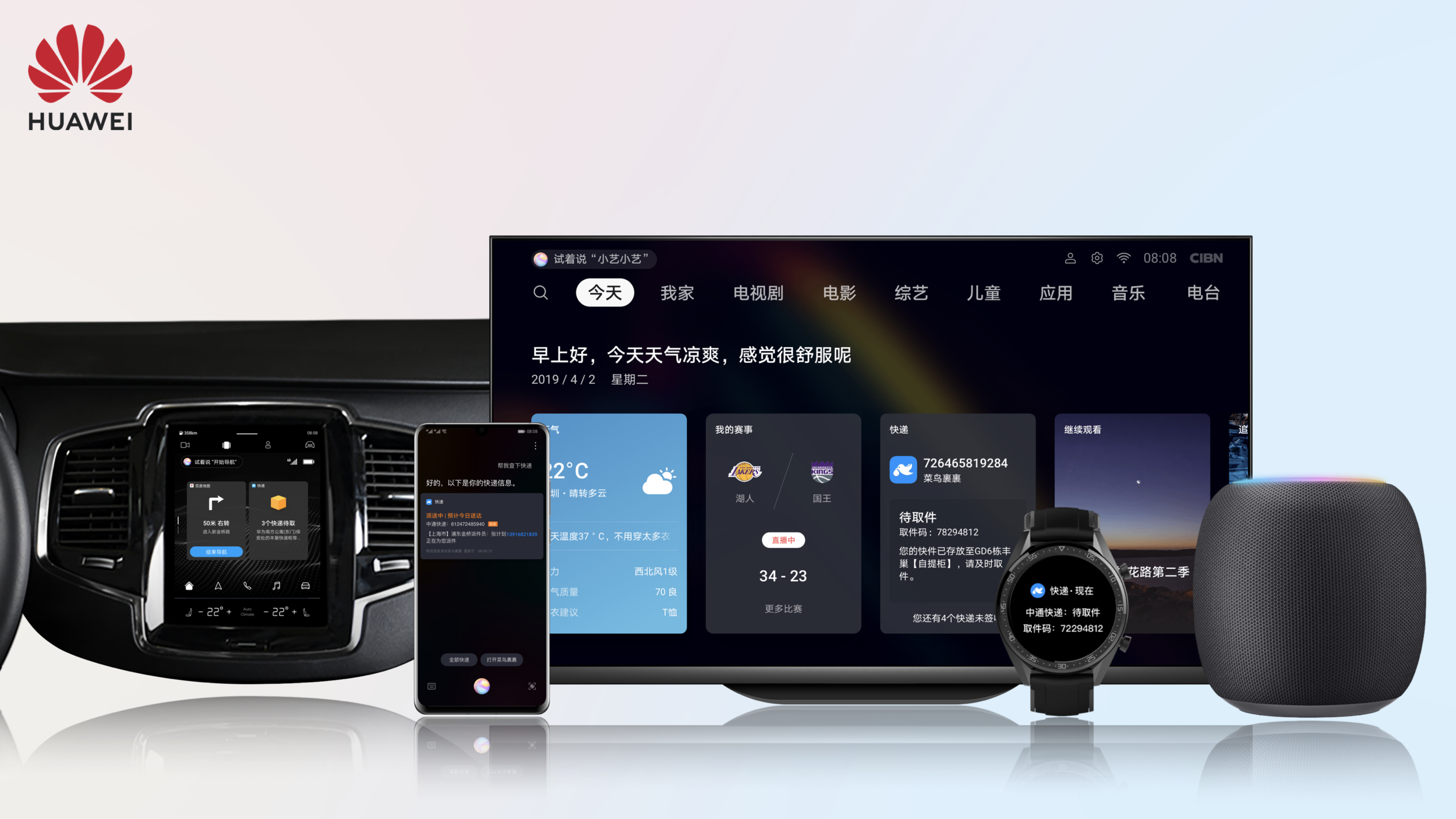Design for Celia —— Huawei’s Voice Assistant
Time
2018-2019
Role
Experience & Conversational Interaction Designer
Deliverbles
User Experience, User Flow
Conversational User Interface
Celia, also called 小艺 in Chinese, is Huawei’s voice assistant. She lives through different devices, aiming to make users feel close, comfortable and reliable in all the scenarios. Learn More.
I worked in the EMUI Intelligence team to build the conversational user experience through Xiaoyi, designing skills, defining multi-modal interactions, and helping on the developer-friendly support system. The goal is to ultimately create Huawei’s Full-Scenario AI Voice Experience for users.
Problem
To the voice assistant market in China, especially for HUAWEI, what’s the current struggle?
One problem is that our voice assistant sometimes can’t understand what you are speaking. There are thousands of ways to ask a question, which needs advanced NLP technology to understand the meaning.
What’s more, the assistant will give a wrong answer if the tech behind analysis the request in a different way. This will undoubtedly lead to users’ confusion and consider Xiaoyi not clever enough.
More importantly, an easy-to-talk, friendly voice assistant can’t live without a vibrant ecosystem. The open, collaborative environment needs to be built so as to encourage more developers to contribute.

Opportunity
At the same time, we are facing a big Opportunity.
More devices are coming to people’s lives and homes. We now have not only one mobile as a smart device, but TV, pad, watch, and speaker, not mentioning countless smart home IoT devices.
This also means we are facing more user cases and scenarios. Our consumers need to complete their needs in one-shot.
Voice interaction requires less mental load and as a natural way of interaction, it has the potential to make life easier.
GOAL
全场景智慧体验设计
Full-Scenario Intelligent Experience Design
一致性 | 连续性 | 互补性
Consistent | Continuous | Complementary

Challenges
Of course, opportunities always come along with challenges.
To User
How to shorten the learning curve? How to make more users start enjoy the benefits of voice assistant? Besides the voice interaction, a system linking voice and visuals, and suggestions should be considered.
To Technology
The technology of NLP and ML is still under development. How to design for a better user experience when technology makes mistakes? How to make full use of devices and offer what the users need most becomes our challenge.
To Team
Enterprise products provide powerful features through rather complex workflows that were built at different times. Aside from the complexity, there is a series of constraints made of legacy, resource/tech limits, and historical debts. Working with varies stakeholders and making the team cohesive is another challenge.
To Developer
To give the Xiaoyi life, we as a team are not enough. How to support developers to design and develop for Xiaoyi more conveniently is one of the challenges.
Approach
Design for the Users, and the Developers. Consider the Design, and the Tech.
Coherence Identity for Xiaoyi
Combining Visuals and the Voice
Chips as Conversational Visual Hints
Aligning the Cloud with the Edge
Consistent Error-Handling across Devices
Building the Design Guideline & the Tool
Src: developer.huawei.com
Outcomes
10.0 Refreshing Xiaoyi’s Structure and Identity
Huawei’s First AI Design Guideline
Voice Skills Design, Error-handling Design, Internal Test & Promotion of VUI Tool …
Due to confidentiality, more work is available upon request. Thanks <3 !




